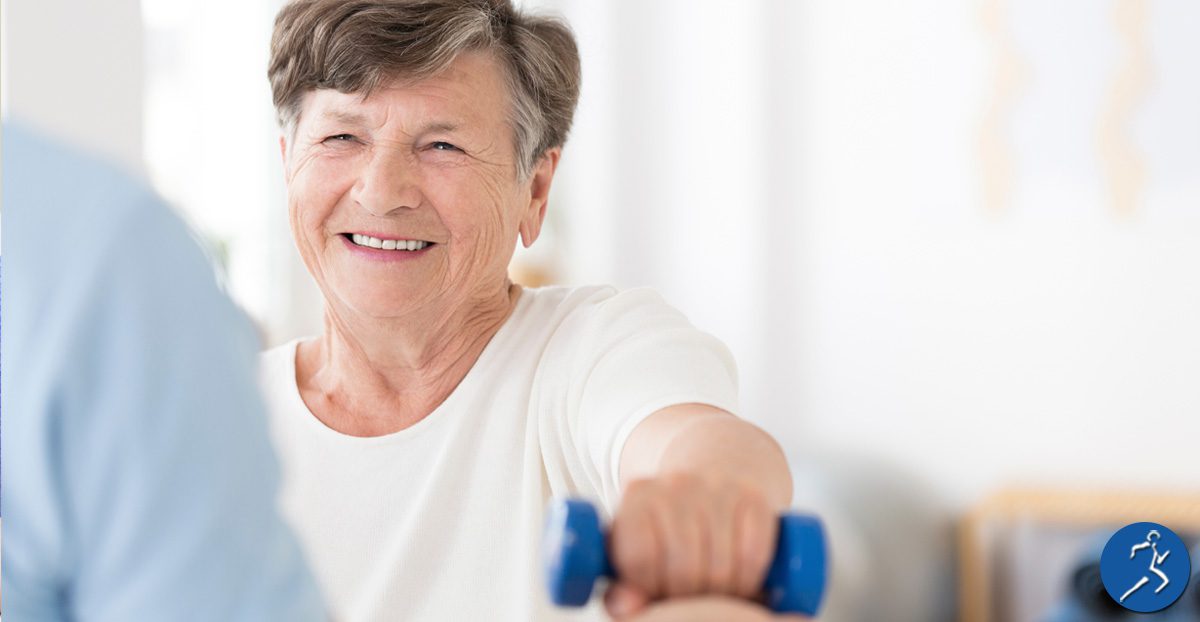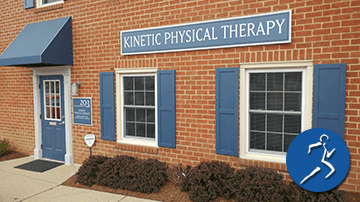 Physical therapy after a stroke? Vision loss. Sudden numbness in the face or a limb. Trouble speaking, causing speech to slur. These could be signs that someone is having a stroke.
Physical therapy after a stroke? Vision loss. Sudden numbness in the face or a limb. Trouble speaking, causing speech to slur. These could be signs that someone is having a stroke.
Every year, over 795,000 in the U.S. suffer a stroke, according to the Center for Disease Control (CDC). Nearly one in four victims has had a previous stroke. The majority, about 610,000, are first-time stroke victims.
What is a Stroke?
A stroke is when a clot blocks a blood vessel that carries oxygen and blood to the brain. Or the blood vessel bursts. In either instance, blood can’t flow to the brain, depriving brain cells of oxygen. This brain injury can lead to long-term disability.
Any age, race, or ethnicity can have a stroke. But factors such as high blood pressure, obesity, smoking, and diabetes increase the chance of stroke.
Most patients survive a stroke. Often, they need rehabilitation after this harrowing event. Physical therapy not only helps for a faster recovery but may also help prevent a future stroke.
And the sooner physical therapy can start, the better for patients in the long run. Stroke victims who begin physical therapy within a day or two after a stroke usually recover quicker and go farther in the recovery benchmarks. Those who delay treatment won’t see as good results.
Building Muscle Mass and Gaining Strength After a Stroke
One of the biggest goals in physical therapy after a stroke is to make patients stronger. Sometimes the use of a limb has been affected. This can cause the muscles to atrophy. Atrophy is the loss of muscle mass and strength. The way to build back muscle mass is through repeated and customized exercises.
Gaining strength will also increase endurance for everyday activities like bathing, walking, and standing.
No matter how complex or simple, exercise can reduce depression, relieve stress, and increase independence. These are all worthwhile goals to place as benchmarks during physical therapy.
Regaining Balance and Improving Coordination
Patients often have impaired balance after a stroke. This is because muscle coordination in the legs and core has become impaired.
Physical therapy can help retrain the brain to restore coordination. During physical therapy, exercises retrain the brain to control the muscles affected by a stroke.
Whether it’s relearning how to keep your balance as you walk or sit down, improving coordination reduces the risk of falling.
Fine Motor Skills
Physical therapy can also help with fine motor coordination and hand function. Stacking objects, brushing teeth, and buttoning a shirt are all activities a therapist can help a patient redevelop. Retraining the brain in these movements promotes independence. Stroke victims benefit from repetitive hand exercises to help them feed themselves and write again.
We’re Here to Help
A stroke is a traumatic event. Recovering from one can feel like a monumental challenge. But it is possible with physical therapy.
Our Kinetic Physical Therapy therapists are skilled and eager to help patients with their stroke rehabilitation. We are ready to serve the Annapolis area and surrounding communities with our expertise and care. We respect that you have choices when it’s time to receive treatment. We’ll help you to work with the same therapist each time you visit. Call us today to see how we can help.


